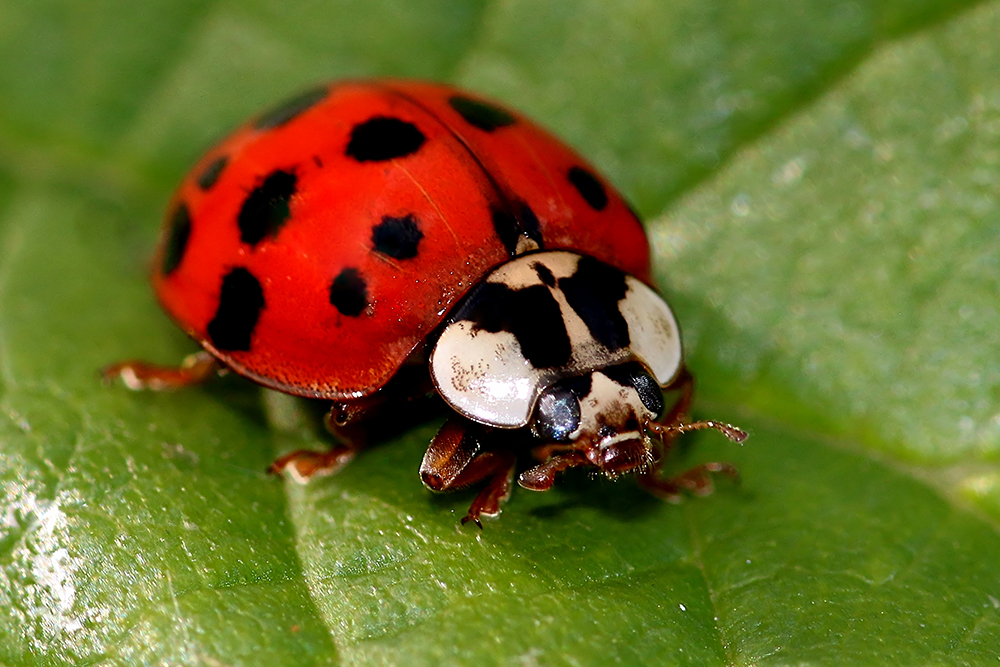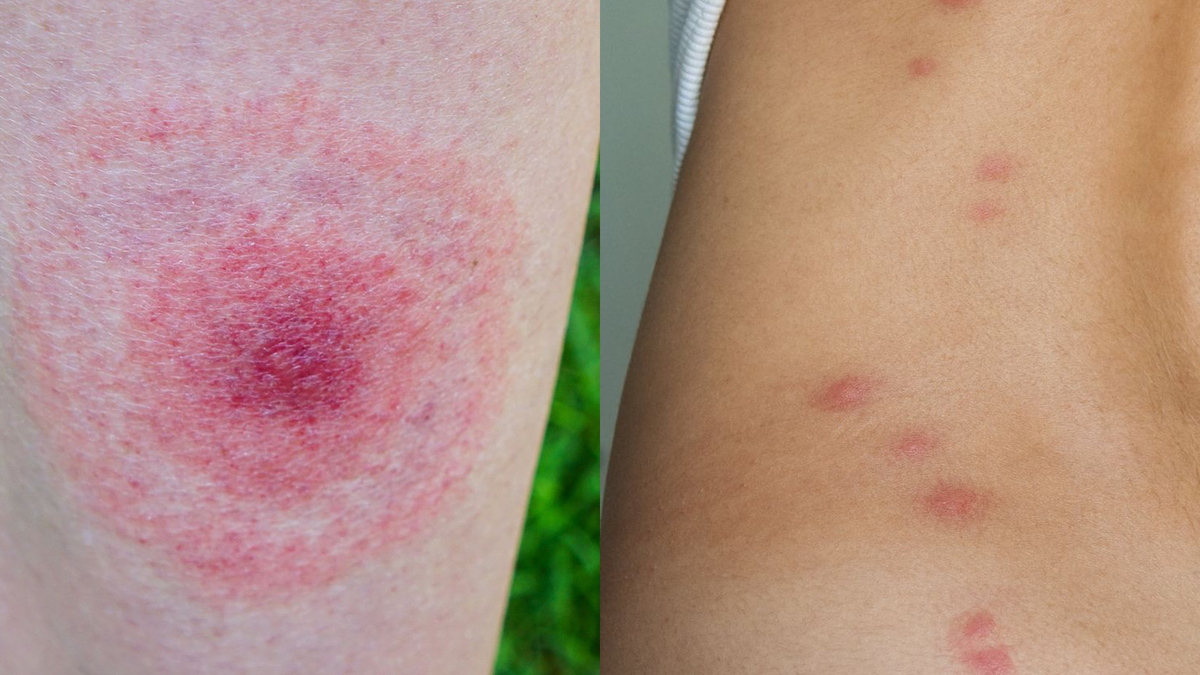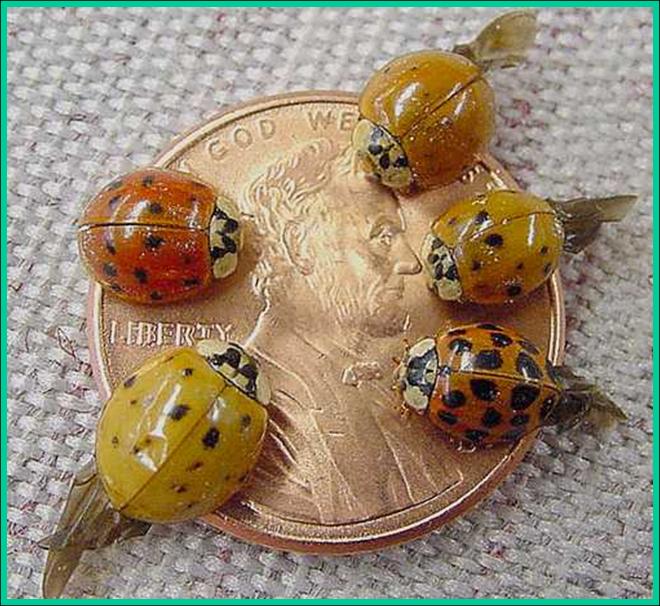What Do Asian Beetle Bites Look Like? (Photos & Tips)
Ever wondered what those tiny, multi-colored insects buzzing around your home actually are? They might be Asian lady beetles, and while they might look harmless, they can indeed bite, leaving behind a tiny, often irritating mark on your skin.
The world of insects can be a fascinating, and at times, a slightly unsettling one. While we often associate ladybugs with good luck and charming appearances, not all members of the ladybug family are created equal. The Asian lady beetle, Harmonia axyridis, is a prime example. This insect, while superficially resembling its more benign cousins, the native ladybugs, possesses some less desirable qualities, including the ability to bite.
These beetles, which hail from eastern Asia, were introduced to the United States in the 20th century, initially with the intention of controlling agricultural pests. However, their introduction has been a mixed blessing. While they do consume aphids and other destructive insects, they also tend to congregate in large numbers, seeking shelter during the colder months, and, as mentioned, they can bite.
But what does an Asian lady beetle bite look like? And what should you do if you find yourself on the receiving end of one of these tiny pinches? Here's a deeper look into these often-overlooked insects and their impact on our lives.
One of the first things to understand about Asian lady beetles is their appearance. Unlike the more familiar, primarily red ladybugs with black spots, the Asian variety can display a wide range of colors. These include shades of tan, orange, and various hues of red. Furthermore, the number and arrangement of their spots can vary greatly, adding to their individual appearance. Some may have few, if any, spots, while others are heavily marked. A key identifying feature is the presence of a distinctive "M" or "W" shaped marking on the pronotum, the area just behind the head. This is a reliable way to distinguish them from other ladybug species.
When an Asian lady beetle bites, it's usually a minor event. The bite itself is often described as feeling like a small pinch. The bite marks are generally tiny, raised red bumps on the skin. This is, in most instances, a reaction to plant or fungus residues that may be present in the beetle's mouth. The reaction often includes mild itching or redness, though severe reactions are rare.
It's worth noting that, unlike the bites of some other insects such as mosquitoes, Asian lady beetles do not inject venom or enzymes into the skin. This means that the resulting irritation is usually mild and heals quickly, often within a couple of days. If you experience a bite, the best course of action is usually to wash the area with soap and water. You might also apply a cold compress or an anti-itch cream to alleviate any discomfort.
It's important to differentiate Asian lady beetle bites from other types of insect bites. A mosquito bite, for example, is also a small, red, itchy bump. However, mosquito bites are typically more intensely itchy, and might become more prominent and inflamed. Other insect bites such as those from bed bugs can be identified by a cluster of small bumps. Ticks, spiders, and other biting insects can cause distinct reactions, and, in some cases, may require medical attention. If you're unsure about the cause of a bite, or if you experience any unusual symptoms such as excessive swelling, difficulty breathing, or signs of infection, it's advisable to consult a healthcare professional.
Preventing Asian lady beetle bites involves minimizing contact with the insects. Here are some practical steps:
- Seal Entry Points: Asian lady beetles enter homes through cracks, gaps, and openings. Inspect your home for potential entry points around doors, windows, utility access points, and siding. Seal any cracks or gaps with caulk or weather stripping.
- Screen Windows and Doors: Ensure that window and door screens are in good repair. Repair any holes or tears immediately.
- Reduce Outdoor Lighting: Bright lights can attract insects, including lady beetles. Consider using yellow or sodium vapor lights, which are less attractive to insects, or turn off outdoor lights when not in use.
- Vacuum Regularly: If lady beetles have entered your home, vacuuming is an effective way to remove them. Be sure to empty the vacuum cleaner bag or canister outside immediately after vacuuming.
- Professional Pest Control: In cases of severe infestations, consider contacting a professional pest control service. They can apply insecticides or other treatments to help control the beetle population.
Though most people won't experience serious reactions to Asian lady beetle bites, it is important to understand what can occur. The good news is that they are not known to transmit diseases. However, some individuals may experience skin irritation or allergic reactions due to the chemicals they secrete.
If you're bitten, you'll likely experience minimal discomfort, such as slight itching. The bites are usually harmless, similar to a small mosquito bite. However, a few people may experience more intense itching, swelling, or even a small cluster of bumps if they have been bitten multiple times. In rare cases, the secretions of the beetle could cause gastrointestinal discomfort if ingested, though they aren't considered poisonous in the same way as some other substances.
It's essential to distinguish Asian lady beetles from native ladybugs. Native ladybugs, such as the red back ladybugs, do not bite. While both insects look similar, and belong to the same insect family, they are vastly different in terms of their behavior and impact. The native ladybug species are generally considered to be more beneficial and are usually not a nuisance. They also tend to have a more consistent appearance. Asian lady beetles were introduced to the United States in the late 1910s to help control agricultural pests. They have become widespread across North America.
The Asian lady beetle is a fascinating creature, and understanding its behavior, appearance, and potential impact on humans is crucial for coexisting with it. By taking the right precautions, you can reduce the chance of encountering these insects and minimizing any potential discomfort from their bites.
Asian lady beetles are beneficial insects as they consume pests such as aphids, but they can be a nuisance when they enter homes. They may bite if they feel threatened, causing a small, itchy bump. Preventing bites involves sealing entry points and minimizing contact. Native ladybugs don't bite, but Asian lady beetles do, so identifying the species is essential for understanding their behaviour.
| Attribute | Details |
|---|---|
| Common Name | Asian Lady Beetle, Multicolored Asian Lady Beetle |
| Scientific Name | Harmonia axyridis |
| Origin | Eastern Asia |
| Introduction to the US | Late 1900s (intentional introduction for pest control) |
| Appearance | Variable; ranges in color from tan to orange to red; typically has black spots (0-22); "M" or "W" marking on pronotum (behind head) |
| Size | About 1/3 inch long |
| Diet | Primarily aphids and other small insects; also consumes pollen and nectar |
| Bite | Yes, can bite; feels like a pinch; bite marks resemble small, red, raised bumps; may cause itching and redness |
| Disease Transmission | No known disease transmission |
| Habitat | Found in gardens, fields, and forests; often enters homes in search of shelter |
| Predators | Birds, other insects (e.g., spined soldier bugs, fire ants, ladybird beetles) |
| Control Methods | Seal entry points in homes; vacuum to remove beetles; use insecticides (consider consulting a pest control professional for severe infestations) |
| Additional Notes | May secrete a foul-smelling, yellow liquid when disturbed; can cause allergic reactions in some people |
For more information about Asian Lady Beetles, you can visit: https://www.epa.gov/invasive-species/asian-lady-beetle


